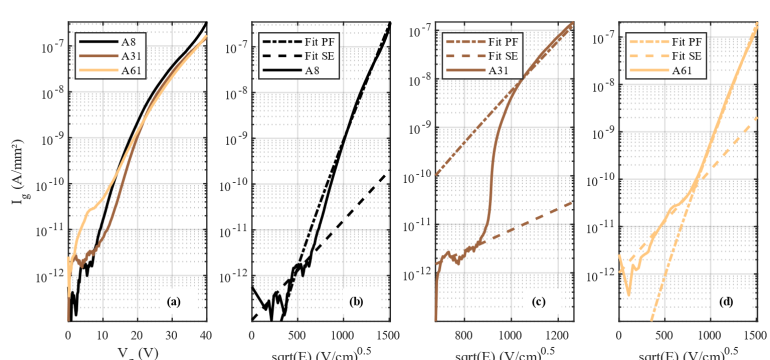Authors: Pieter Cardinael, Sachin Yadav, Herwig Hahn, Ming Zhao, Sourish Banerjee, Babak Kazemi Esfeh, Christof Mauder, Barry O Sullivan, Uthayasankaran Peralagu, Anurag Vohra, Robert Langer, Nadine Collaert, Bertrand Parvais, Jean-Pierre Raskin
Published on: April 03, 2024
Impact Score: 7.4
Arxiv code: Arxiv:2404.02707
Summary
- What is new: Revealing and controlling the SiC_xN_y interfacial layer to reduce RF losses for 5G/6G applications.
- Why this is important: High RF losses at the AlN/Si interface in GaN-on-Si HEMT stacks, due to parasitic surface conduction.
- What the research proposes: Modulating the TMAl predose to tweak the C composition at the AlN/Si interface, balancing the interface charge.
- Results: Achieved RF loss below 0.3 dB/mm at 10 GHz with an effective resistivity above 8 kΩ·cm.
Technical Details
Technological frameworks used: MOCVD for AlN/Si growth, C-V and I-V characterisation
Models used: Linear relationship between TMAl predose and net interface charge
Data used: Electrical and physical descriptions of AlN/Si structures
Potential Impact
5G/6G telecom sector, semiconductor fabrication businesses, RF component manufacturers
Want to implement this idea in a business?
We have generated a startup concept here: NextGenRF Solutions.


Leave a Reply